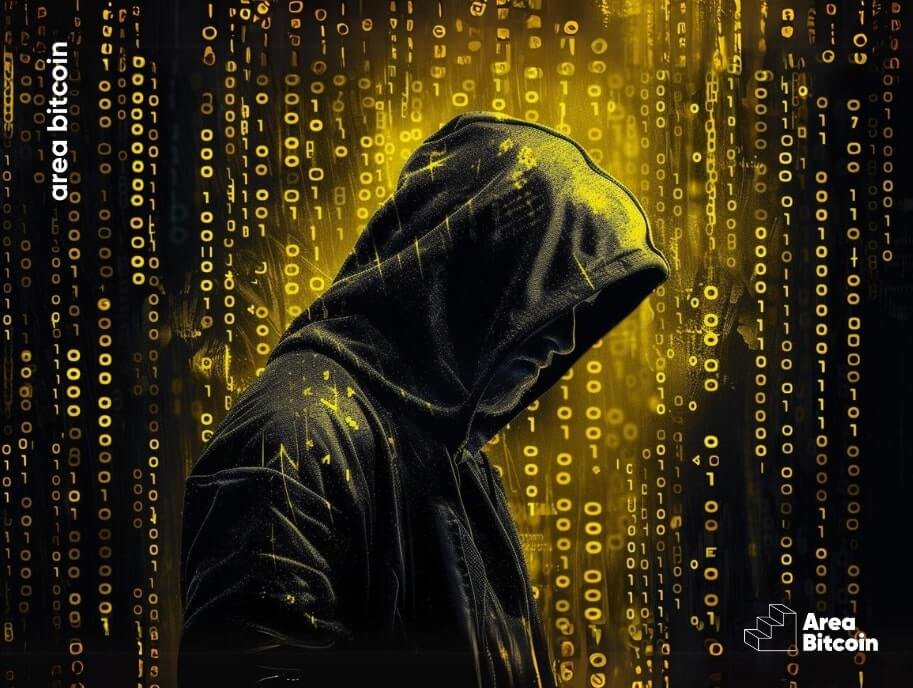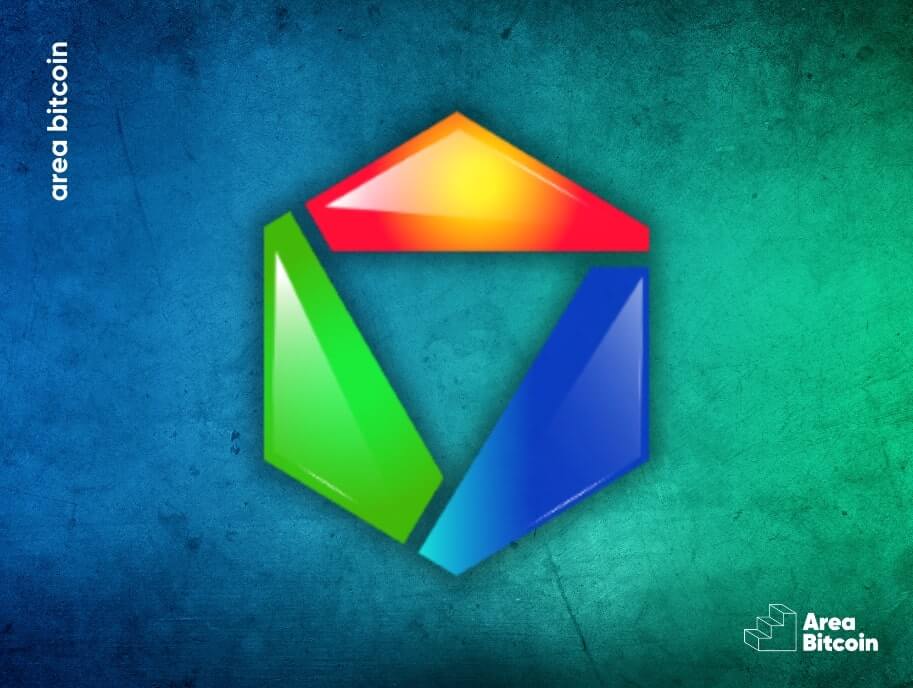Privacy in Bitcoin transactions is gaining more attention. As interest in more secure and private methods for on-chain transactions grows, a new proposal has surfaced: Silent Payments.
In this article, we’ll explore what Silent Payments are, why they’re important to the Bitcoin network, what a Silent Payment address looks like, and much more.
Let’s dive in!
Table of contents
What are Silent Payments?
Silent Payments are a way to receive Bitcoin without revealing private information, like your balance or transaction history, to anyone with access to your public address.
This idea gained traction through a proposal known as BIP 352, which suggests using reusable addresses in Bitcoin.
Imagine wanting to accept donations in Bitcoin or needing to receive payments throughout the year. Currently, you’d either need to create a new address for each transaction or risk your privacy by reusing the same address, potentially allowing anyone to track all incoming and outgoing transactions on that address.
However, with Silent Payments, you can provide a single public address that can be used repeatedly without compromising your privacy.
The concept of silent payments was first introduced in March 2022. Recently, the BIP was integrated into the official repository, marking a significant milestone in the development of this technology.
This inclusion suggests it has been well-reviewed and is ready for wallet developers to begin implementing, though minor adjustments may still arise.
Why is this important?
Bitcoin addresses currently work like bank account numbers. However, because the blockchain is fully transparent, anyone can view all transactions associated with an address simply by looking it up on a block explorer.
If you reuse the same address, every amount you receive becomes exposed.
Silent Payments change this by allowing you to share a public address while keeping transaction details private, visible only to the sender and receiver. This is achieved through a cryptographic technique that enables the recipient to receive funds at a unique-looking address for each transaction, accessible only to them.
The idea behind silent payments isn’t entirely new, as it builds on stealth address concepts proposed back in 2012.
However, until now, this idea hadn’t been practically or efficiently implemented in Bitcoin.
We mentioned stealth addresses above, but what exactly are they?
Stealth Addresses and BIP 47: Challenges and limitations in the pursuit of privacy
Privacy in Bitcoin transactions has been a core focus since the network’s inception. Over time, various proposals have surfaced to enhance user privacy, with stealth addresses and BIP 47 standing out as notable ideas, initially proposed by Peter Todd.
Let’s explore the limitations and challenges these approaches face as they aim to provide greater anonymity and efficiency in transactions.
Stealth Addresses
Stealth addresses were among the earliest attempts to improve privacy in Bitcoin transactions.
The idea was straightforward: allowing the recipient of a payment to generate a unique and private address, accessible only by them through a cryptographic trick.
However, a major obstacle arose: for this system to work, an extra key needed to be added to the blockchain, typically using the OP_RETURN field.
This method had two significant drawbacks:
- Loss of anonymity: Adding extra data to the blockchain made it evident that a transaction involved a stealth address. This harmed anonymity, as any observer could identify that a transaction was using this technique.
- Inefficiency and cost: Adding more data to the blockchain made transactions bulkier, less efficient, and more expensive. This conflicted with Bitcoin’s principle of maintaining lightweight, accessible transactions.
An alternative that emerged at the time suggested using one of the keys already present in the transaction to avoid adding more data to the blockchain.
However, this approach did not gain traction.
The technical complexity involved, along with the lack of efficient tools—such as the Lipsack P library (which today simplifies these calculations)—caused this idea to be set aside.
BIP 47
Over time, another proposal emerged to address these issues: BIP 47.
Instead of adding data to the blockchain with each payment, BIP 47 introduced the concept of a notification system. In this approach, the sender places data on the blockchain only once, allowing the recipient to recognize it and use this “secret” to facilitate future payments.
Advantages of BIP 47:
- Clarity for the recipient: The recipient can easily identify which data on the blockchain belongs to them, simplifying the verification process.
- Reduced additional data: Since data is added to the blockchain only once, this approach conserves space and resources compared to the stealth address method.
Disadvantages of BIP 47:
- Complexity for the sender: Each payment requires the sender to first send an on-chain notification, which involves an additional transaction. This can become cumbersome, especially at scale.
- Inefficient blockchain use: Adding data to the blockchain to notify the recipient may be seen as inefficient, as this data isn’t directly related to the payment itself.
- Payment linking: With BIP 47, if you make multiple payments to the same person, they may notice that the funds are coming from the same source. This compromises anonymity, unlike Silent Payments, where the sender remains completely anonymous.
- Identity exposure: During the notification transaction, the sender’s payment code is revealed, potentially exposing their identity to the recipient. This can be problematic in situations where anonymity is essential, such as donating to sensitive causes.
While BIP 47 has its advantages, like clarity for the recipient, it also presents significant drawbacks, such as the need for extra transactions and the lack of full anonymity.
Silent Payments aim to resolve these issues, providing a more intuitive and private experience. The only downside of Silent Payments compared to BIP 47 is the need for scanning, but this could be a worthwhile trade-off for enhanced privacy.
In summary, both Stealth Addresses and BIP 47 contributed to Bitcoin privacy enhancements but faced challenges that limited widespread adoption among software and Bitcoiners.
Silent Payments now emerge as a promising solution, aiming to combine the best of both worlds:
- Privacy
- Efficiency
- A simplified user experience.
How do Silent Payments work in Bitcoin?
For the user, the process is quite simple.
Imagine you have a Bitcoin wallet connected to your own node. You generate an SP (Silent Payment) code, which can be shared as a QR code.
This code is what you provide to others to receive payments. Anyone with Silent Payment support can scan the QR code or enter the code to make a payment— and that’s it.
For those already operating a full node, the cost is nearly zero, thanks to optimizations that make the process highly efficient.
For the recipient, however, there’s a bit more work involved. The recipient must check each new Taproot transaction on the network to see if it contains a payment to their silent payment address, which requires more processing from the wallet software.
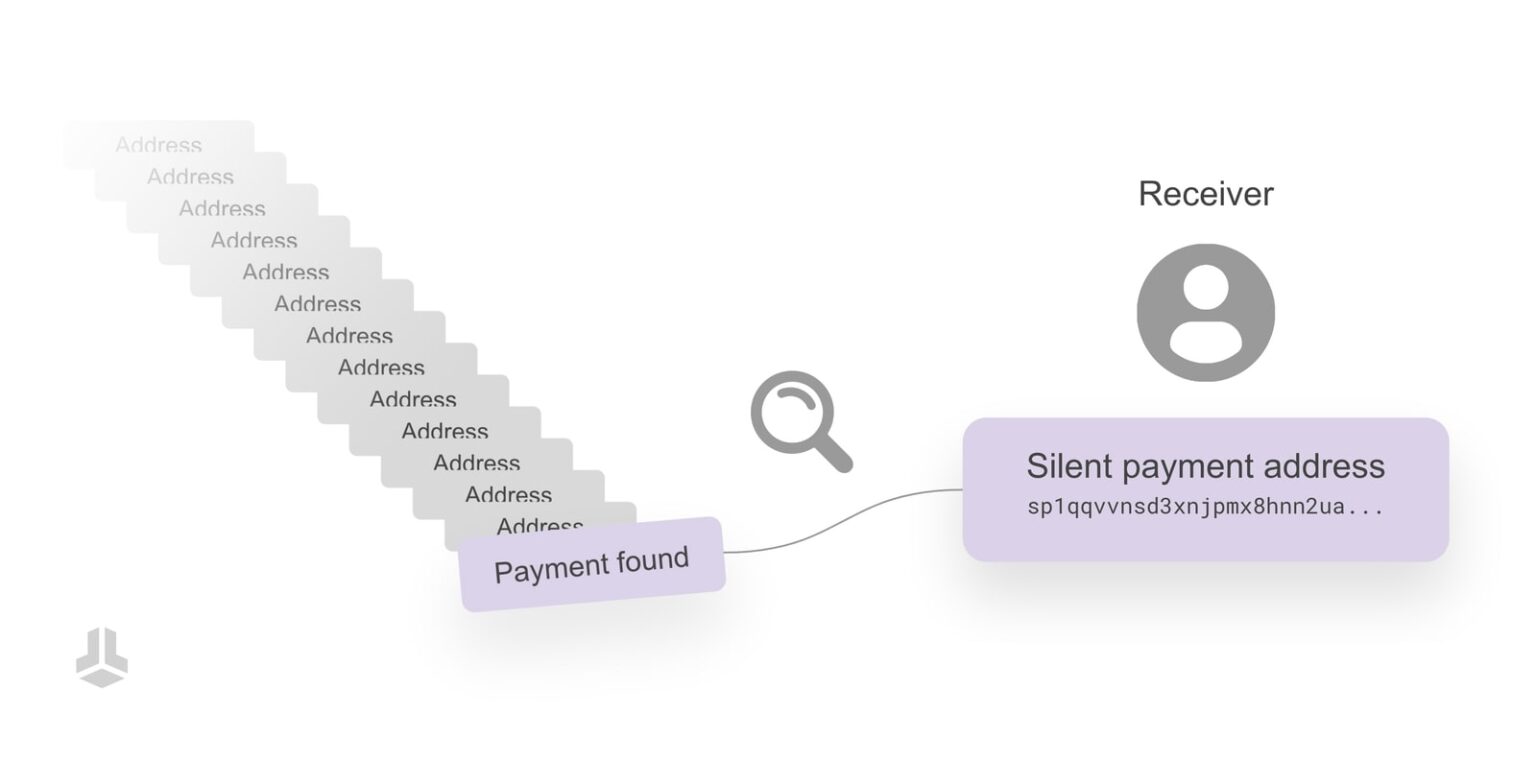
(Image source: Bitbox website)
What does a Silent Payment address look like?
A Silent Payment address follows the same structure as Taproot addresses. Taproot addresses use the “bc” prefix, indicating a Bitcoin address, followed by “1” and the version, with the rest encoded in bech32m.
In Silent Payments, the same encoding is applied, but with an “sp1” prefix, signaling that it’s a Silent Payment address. Additionally, this address includes two public keys that don’t directly indicate the destination of the Bitcoins sent but provide instructions for creating a Taproot pubkey script.
In practice, this allows users to generate, share, and safely reuse the address without compromising privacy.
Thus, the user experience remains almost identical to reusing a single Bitcoin address, but without sacrificing privacy—a key advantage of Silent Payments.
Which wallets support this type of address?
Currently, the wallets that support Silent Payment addresses are Cake Wallet and BitBox02.
As Silent Payment support is still under development and not yet widely adopted, Cake Wallet was one of the first to implement Bitcoin Silent Payments.
This wallet is available in public beta on both Android and iOS.
Here’s how to use Cake Wallet with silent payments:
To activate Silent Payments in Cake Wallet, tap the “Silent Payments” button located in the card/box on the main page of the wallet to scan blocks for these transactions.
It’s important to note that the wallet needs to scan the blocks because silent payment transactions are anonymous, meaning the wallet must “sweep” and search for the transaction, as it isn’t easily identifiable.
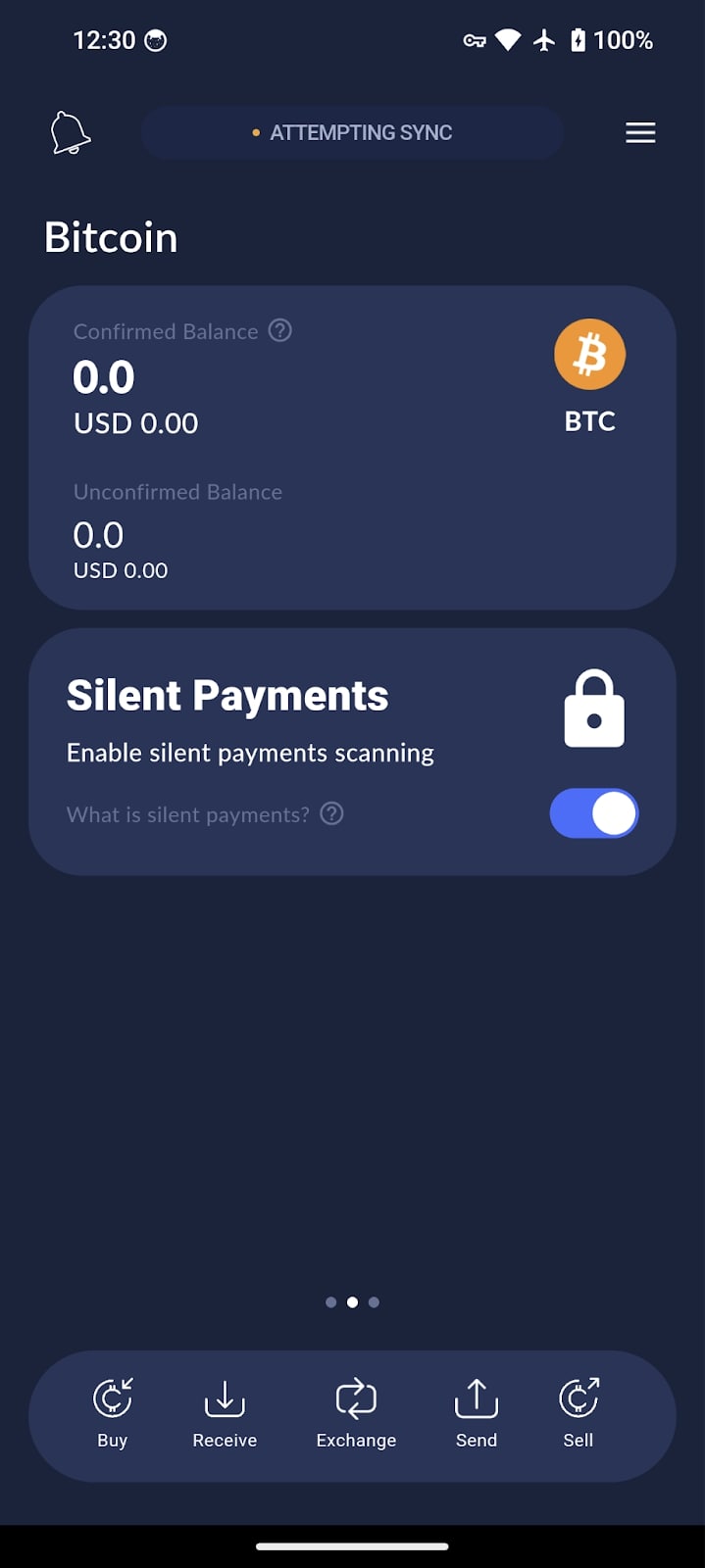
Anyway, once this scan is complete, Silent Payment verification will automatically turn off when reaching the latest block.
If you’d like the wallet to continue automatically checking for new blocks for Silent Payments, go to Menu -> Silent Payment Settings and enable the “Set Silent Payments Always Scanning” option.
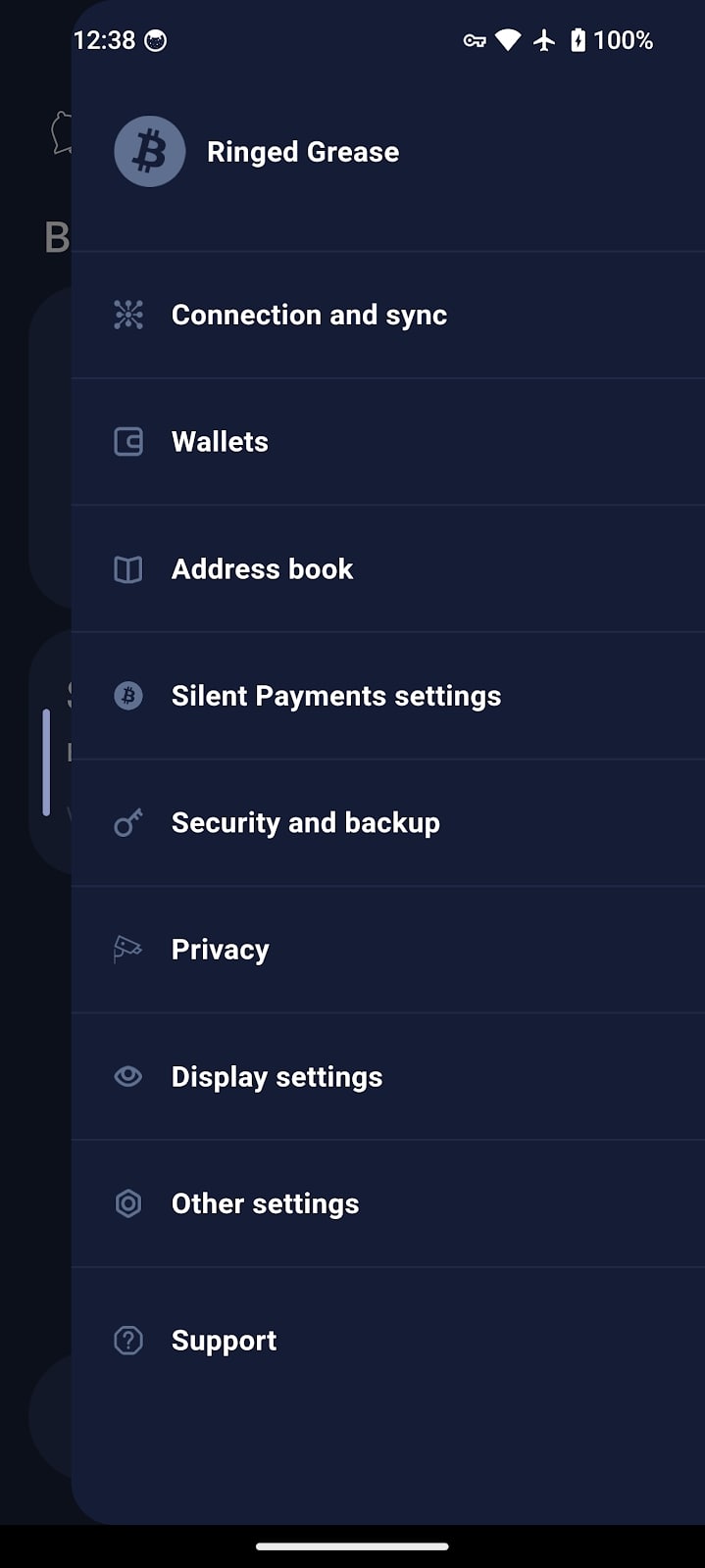
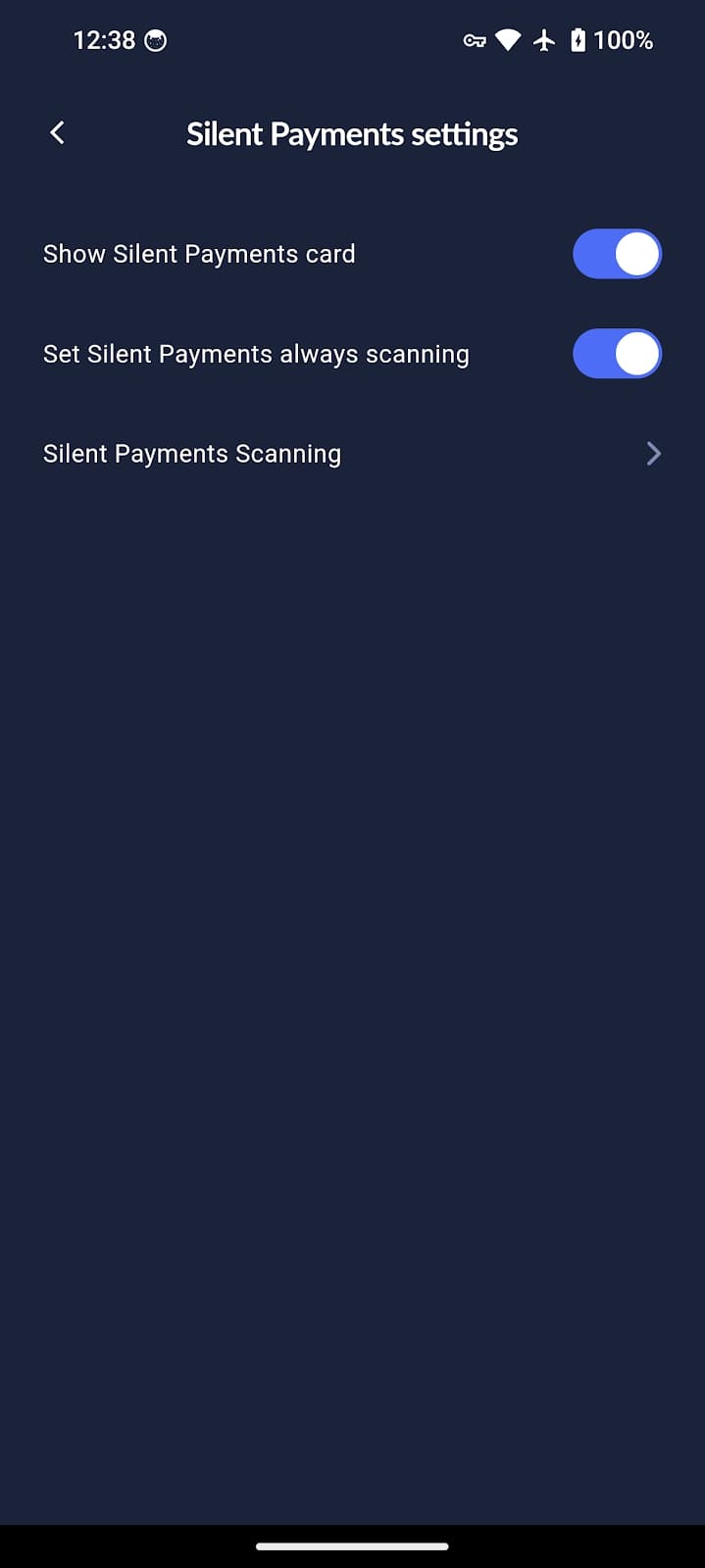
BitBox02
Alongside Cake Wallet, which is a hot wallet, BitBox02 is one of the first hardware wallets to support sending Silent Payments—a significant privacy enhancement for users.
With Silent Payments, senders can generate unique addresses from a fixed public key of the recipient. This allows activists, NGOs, and charities to share a reusable address for receiving donations without revealing their identity, the donors, or the amounts received.
With this integration, BitBox02 users can support causes and make payments without exposing their financial activities to unwanted third parties.
Pretty cool, right?!
The role of labeling
One challenge that arose with the original idea of silent payments was identifying who was sending the payments. The solution was to introduce labeling.
But, what is labeling?
Labeling allows you to identify different senders while using a single Silent Payment address, without compromising privacy or significantly increasing scanning costs.
It’s a technique that enables the addition of extra information to a silent payment address without sacrificing user privacy. This is done by slightly adjusting the spending key in a deterministic way.
In simple terms, the spending key acts like a digital signature authorizing the use of funds in an address. By making slight modifications to this key, different payment sources can be identified.
For instance, imagine you have two silent payment addresses:
- one for your activities on X.
- another for your activities on Nostr.
With labeling, the first part of both addresses would be the same, indicating both belong to you. However, the second part would differ slightly, helping you identify where each payment originated.
For example, when reviewing your funds, you could see that some payments came from X users, while others came from Nostr.
This flexibility offers a balance between maintaining privacy and gathering useful transaction information.
However, if you prefer total anonymity, you can use a standard Silent Payment address without labels, ensuring no sender discloses any identifying details. But if it’s helpful to track payment origins, labeling provides an effective way to gain this insight.
This technology can be applied in various contexts, from exchanges and social media platforms to personal use, allowing you to manage multiple online identities without a clear link between them or simply get more information about your payments when needed.
Example of using Silent Payments on exchanges
An exciting application of Silent Payments arises if exchanges adopt this technology.
Imagine you’re depositing funds into an exchange. With Silent Payments, instead of reusing the same deposit address, the exchange would create a unique address for you, known as a Silent Payment address.
Every time you make a payment to this address, the exchange can recognize it was from you. This is enabled by labeling, which, as discussed earlier, allows the exchange to automatically identify your deposits without requiring you to manage multiple addresses.
Additionally, this technology is particularly useful for automatic withdrawals, such as recurring purchase services (DCA).
For example, if you set up an automatic withdrawal using a Silent Payment address, you can reuse the same address across platforms. This eliminates the need to manage multiple extended public keys (xPubs) for each platform, greatly simplifying the process.
Conclusion
Silent Payments have the potential to transform the way we use Bitcoin, providing a simpler, more intuitive experience while significantly enhancing privacy.
If widely adopted, this technology could lead to a major decrease in on-chain address reuse, creating a more secure and private environment for everyone.
This presents a unique opportunity to align user incentives with best privacy practices, making the future of Bitcoin payments quieter—and safer—than ever before.
I hope this article has helped you to understand what silent payments are.
Until next time, and Opt Out!
Share on your social networks:

Founder of Area Bitcoin, one of the largest Bitcoin education projects in the world, she is a marketer, passionate about technology, and a full-time hands-on professional. She has participated in major Bitcoin conferences such as Adopting Bitcoin, Satsconf, Surfin Bitcoin, and Bitcoin Conference.
Did you like this article? Consider buying us a cup of coffee so that we can keep writing new content! ☕

